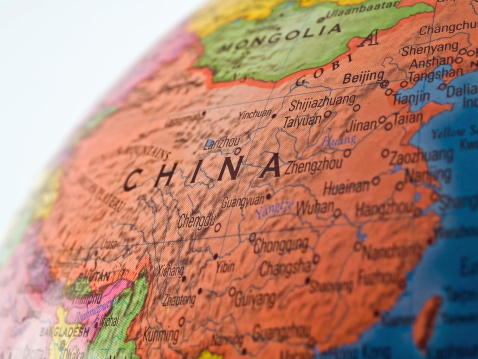Economy
So What Is the Price of Tea in China These Days Anyway?
Published:
Last Updated:
The contracting China Caixin purchasing managers’ index, or PMI, published this week surprised analysts to the downside. The figure came in at 48.2, signaling the all-important below-50 contraction figure. Even though analysts forecast a mild contraction at 49.7, the number came in even worse than expected.
Normally one negative manufacturing figure is not a big deal, but for three reasons this one could be a big deal. First, when a manufacturing PMI figure is coming from the largest manufacturing hub in the world, it means something. This is because it reflects a wider swath of the national economy than other countries with smaller manufacturing sectors as a percentage of their gross domestic product.
Second, when it is printed in the middle of China’s biggest market crash since 2008, which was stopped in its tracks only by incredibly unorthodox and interventionist means, it signals that the cat is already out of the bag and that salvaging stock prices will not accomplish much in terms of preventing a slowdown.
When the Shanghai Composite index began crashing in late June/early July, the only way authorities were able to stop the slide was to freeze trading in 45% of all securities, get state supported brokerages involved in a buying spree, direct People’s Bank of China (PBOC) stock purchases, prosecution of short sellers, banning of even talking about a crash on state media and a six-month ban on selling shares for some institutional holders.
Third, when this kind of number is printed in the midst of mainstream reporters openly questioning the veracity of China’s macroeconomic government-compiled data, it casts a cloud over the whole process of economic data reporting out of the second biggest economy in the world. Remember that it was only two weeks ago when Chinese officials announced that the economy grew at a 7% pace in the second quarter, to the collective laughs of American media and others. But why would Chinese government officials lie about GDP if they are going to tell the truth about PMI? Confusing indeed.
All this makes us ask the simple question: What is the price of tea in China anyway? It appears that at this point, nobody really knows. Price discovery does not mean anything when markets are manipulated to such an extent. With the precedent of stocks being outright frozen on a whim, short sellers being prosecuted, the PBOC printing money to buy stocks outright and selling banned, valuations are reduced to nothing but arbitrary numbers, and there is no telling what could happen when those interventions are removed.
The immediate reason for the declines in both the PMI and the Chinese stock market has been the declining Chinese money supply growth over the year. A Bloomberg chart shows a clear downtrend in the amount of liquidity growth in China’s economy over the past 12 months, and this decline was in turn a result of ambivalent Chinese monetary policy over the same period.
There have been bursts of stimulus from the PBOC over the past year, but counteracted by equal bursts of liquidity drainage through the selling of short-term debt to Chinese banks. These two contradictory policies have had the effect of keeping yuan supply growth depressed over the past year.
We are now seeing the results of that ambivalence in Chinese PMI, but curiously, not in GDP growth. Not yet at least. It depends on how long Chinese officials can keep a straight face while reporting GDP numbers.
Credit card companies are pulling out all the stops, with the issuers are offering insane travel rewards and perks.
We’re talking huge sign-up bonuses, points on every purchase, and benefits like lounge access, travel credits, and free hotel nights. For travelers, these rewards can add up to thousands of dollars in flights, upgrades, and luxury experiences every year.
It’s like getting paid to travel — and it’s available to qualified borrowers who know where to look.
We’ve rounded up some of the best travel credit cards on the market. Click here to see the list. Don’t miss these offers — they won’t be this good forever.
Thank you for reading! Have some feedback for us?
Contact the 24/7 Wall St. editorial team.